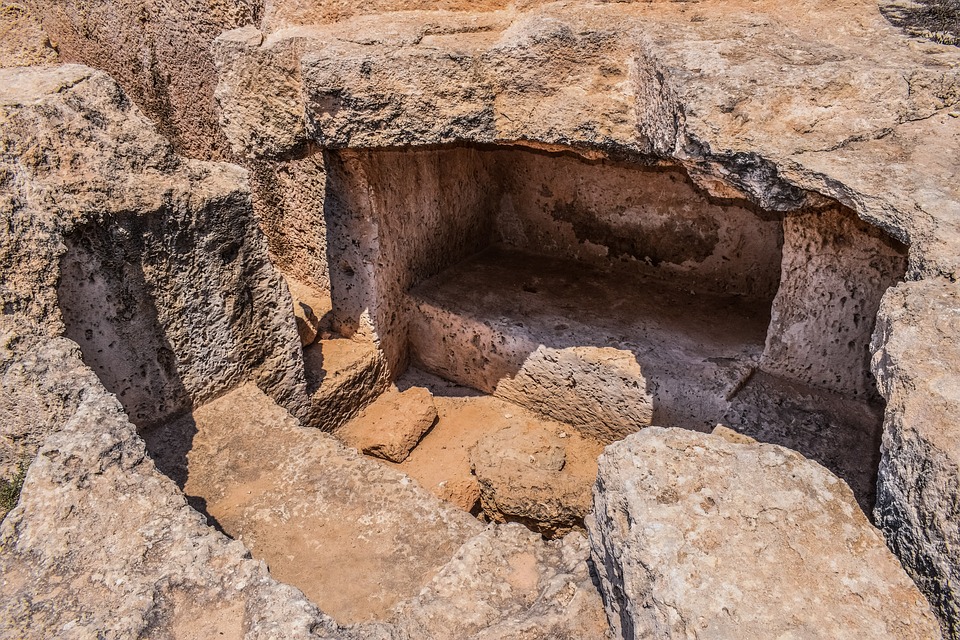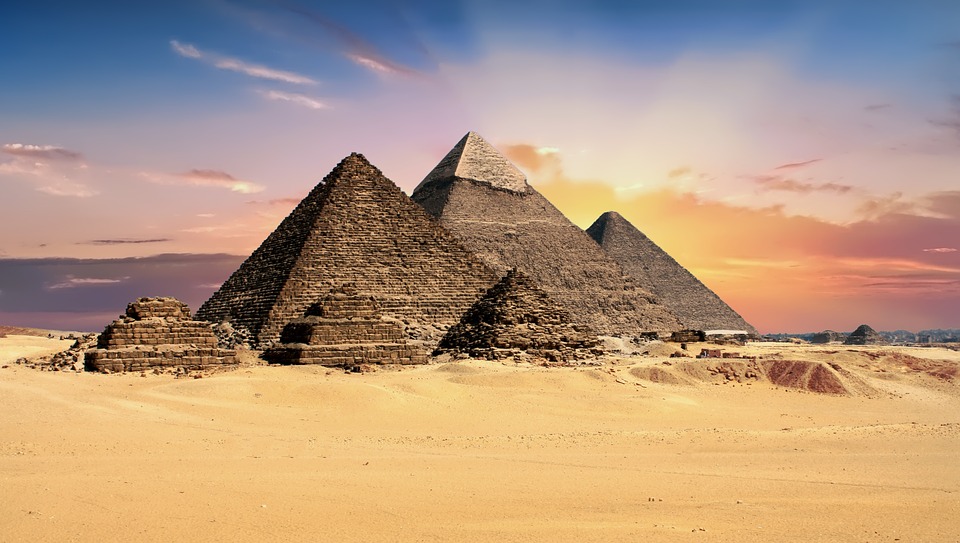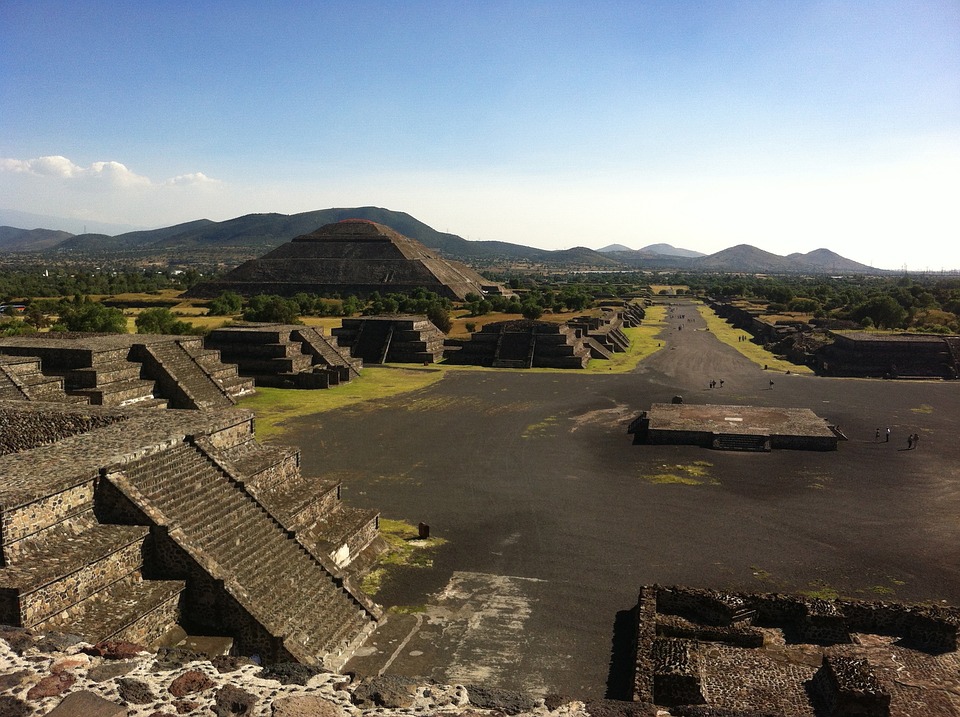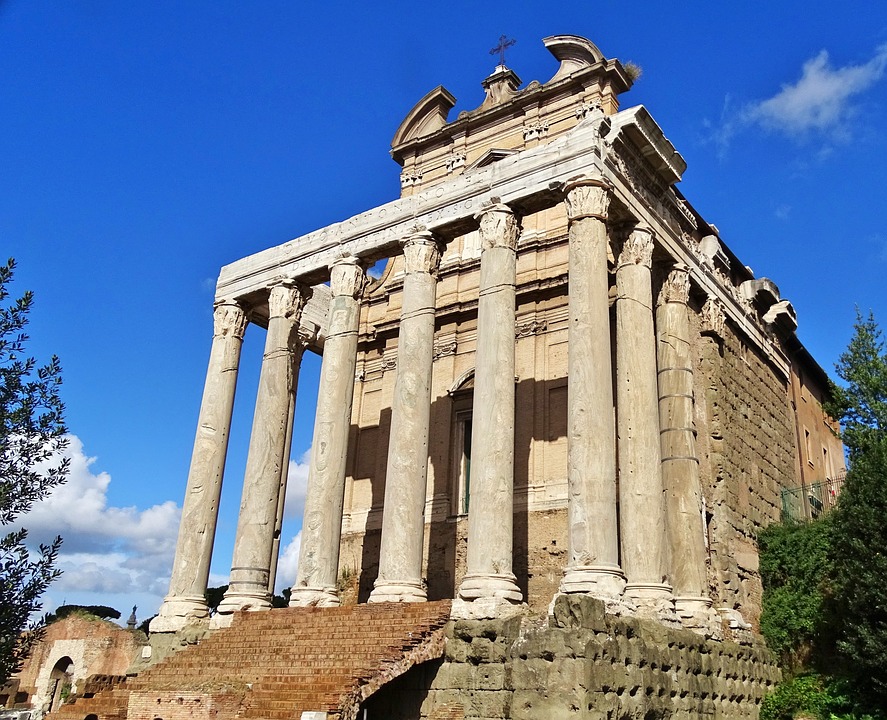
When we hear the word “ancient civilizations”, our mind immediately recalls the Greek, Egyptian, Roman and Mesopotamian civilizations. Several civilizations have descended from them, and to this day, archaeologists continuously search for more civilizations.
A remarkable civilization was discovered in the 1920s, in South Asia. It was this discovery that reaffirmed the belief that Egypt and Mesopotamia were not the only early civilizations. This community was the Indus Valley Civilization.
In the vast Indus River plains (today’s Pakistan and Western India), archaeologists discovered the remains of a 4,600 year old city. It is said that this civilization had existed at the same time as ancient Egypt and Mesopotamia. The Indus Valley Civilization is most known by two of its major cities: Mohenjo-Daro and Harappa. These two cities were the first to be discovered as the indicators of an Indus Valley Civilization.
The Indus Valley residents had a language which is said to have influenced the majority of the languages spoken in South India. The language found written on the pottery, found in Pakistan, dating back to 5,500 years ago, is thought to be the oldest language in the world.
The people of Indus were believed to worship several gods, such as the mother goddesses, phallic gods, and even gods who had parts of humans and animal conjoined. Some scholars believe that a religion similar to Hinduism was practiced.
It is said that no one ruler ruled this civilization. Mohenjo-Daro, Harappa, and other cities had their own rulers. Indus Valley does, however, show signs of having engaged in trade. The presence of the weight system explains the possibility of a fair trade system.
The men and women had distinctive hairstyles that varied by culture. In fact, evidence has been found of people wearing different hairstyles and clothes but living in the same place. This means that a diverse group of people with different ethnicities lived in the same city.
Indus Valley is one of the few civilizations that show no signs of having an army, fighting battles, or inflicting any form of violence amongst its people.
It is thought that the cities had been abandoned by 1900 BC. The cause is not known but many believe that the floods from Indus River forced the people to abandon these areas. This ancient civilization, however, continues to fascinate the explorers and visitors alike. It is hoped that one day we will get to know more about this majestic civilization.
Amita Vadlamudi is an avid reader of world history. Because of their value in showing how human beings have evolved and changed, ancient cultures are of particular interest to Ms. Vadlamudi.
Amita Vadlamudi’s professional accomplishments can be found on her F6S site and her favorite places can be found at her Foursquare site.


